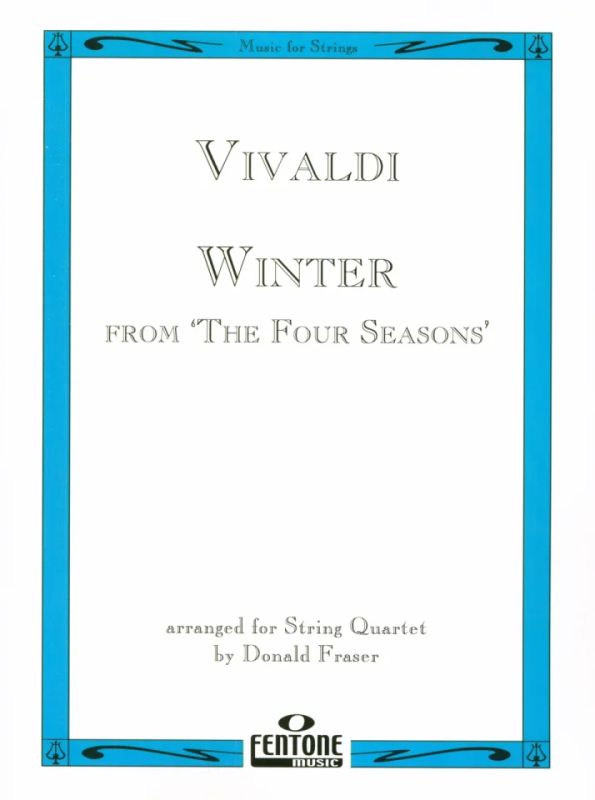
The final movement, marked allegro, is a furious display of technical virtuosity that captures the intense storms and blizzards that can occur during the season.

The second movement, marked largo, is a slow and mournful meditation on the desolation of winter. The opening movement is marked by a harsh, angular melody that suggests the bitter cold of the season. The final concerto, "Winter," is the most stark and austere of the four. The final movement, marked allegro, is a spirited dance that celebrates the bounty of the harvest. The second movement, a contemplative adagio, evokes the melancholy and nostalgia that comes with the passing of summer.

The opening movement is marked by a lively, bouncing rhythm that conveys the joy of the harvest season. The third concerto, "Autumn," is perhaps the most musically complex of the four. The final movement, marked presto, is a frenzied display of virtuosity that evokes the sudden thunderstorms and violent winds that can arise during the summer months. The second movement, a languid adagio, conveys the stillness and quiet of a summer afternoon. The opening movement is marked by a relentless, pounding rhythm that suggests the oppressive heat of the season. The second concerto, "Summer," is considerably more dramatic than the first. Concluding with exuberant fervor marked allegro, producing whimsical motion pictures that represent refurbishment endowed by seasons unceasing cycles where humans are perennial visitors on earth’s axis plane compared to planet size or existence length itself."

Opposing this liveliness, the following piece moves at a relaxed pace to signify spring winds accompanying peaceful evenings.

The opening movement emanates jubilance and vivacity, evocative of regeneration after a prolonged winter hibernation in nature's landscape. It could be argued that the most renowned of the four concertos is "Spring," which serves as an introduction. What sets it apart is its exceptionally descriptive portrayal of nature's magnificence, accompanied by programmatic elements that enhance storytelling." The year 1723 saw the creation of this piece, which includes four concertos representing individual seasons. "The composition of Antonio Vivaldi titled "The Four Seasons" has gained immense popularity and admiration as a classical masterpiece.


 0 kommentar(er)
0 kommentar(er)
